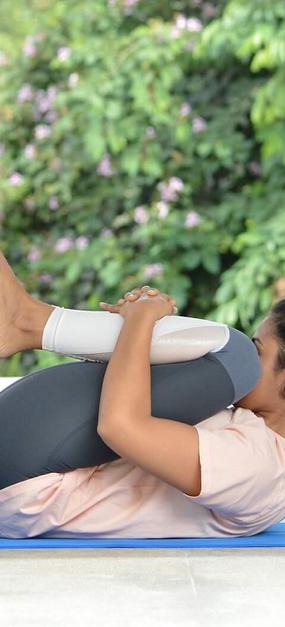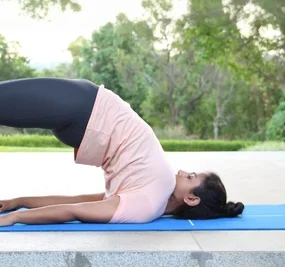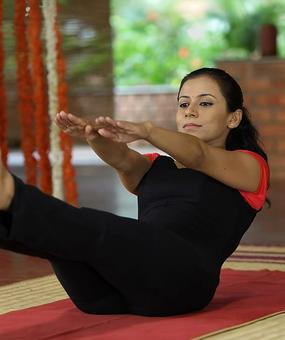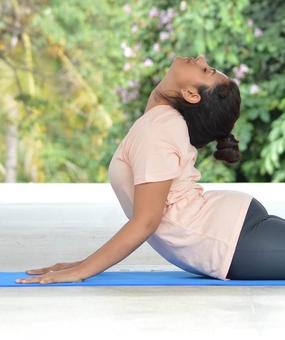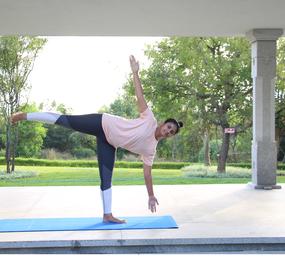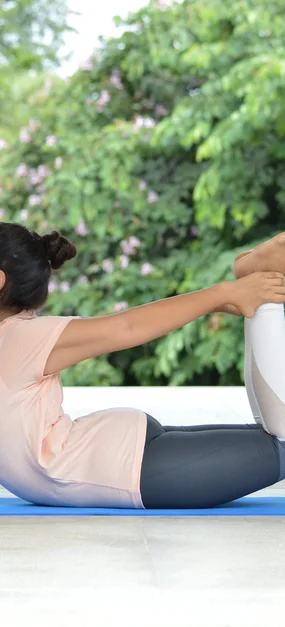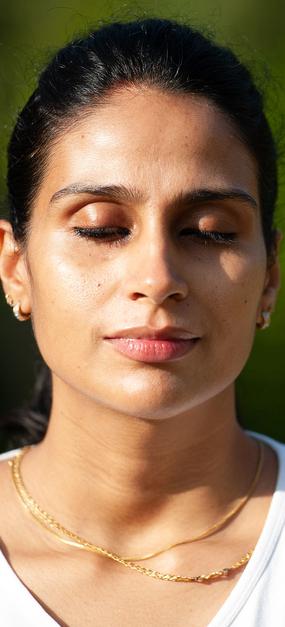Naukasana is a core-strengthening yoga pose that tones the abdominal muscles, improves digestion, and strengthens the spine. It is commonly practiced in Hatha Yoga and is also a part of the Padma Sadhana sequence, usually performed after Dhanurasana (Bow Pose).
Naukasana comes from the Sanskrit words “Nauka” meaning boat, and “Asana” meaning pose. This yoga posture is called Boat Pose because the body takes the shape of a boat when it is performed correctly.
Pronunciation: NAUK-AAHS-uh-nuh
Sanskrit Name: Naukasana
English Name: Boat Pose
Target Areas: Abdominals, hip flexors, spine, thighs
Best Time to Practice: Morning, on an empty stomach
How Long to Hold: 15–60 seconds (as per comfort)
When to Avoid: Pregnancy, menstruation (first 2 days), hernia, heart issues, spinal injury
How to do Naukasana Step-by-Step
- Lie on your back with your feet together and arms beside your body.
- Take a deep breath in and as you exhale, lift your chest and feet off the ground, stretching your arms towards your feet.
- Your eyes, fingers and toes should be in a line.
- Feel the tension in your navel area as the abdominal muscles contract.
- Keep breathing deeply and easily while maintaining the pose.
- As you exhale, come back to the ground slowly and relax.
- It also forms a part of the Padma Sadhana sequence, where this yoga pose is practiced after Dhanurasana (Bow Pose).
Naukasana Video
Benefits of the Naukasana
- Strengthens the back and abdominal muscles
- Tones the leg and arm muscles
- Useful for people with hernia
When to avoid Naukasana?
- Avoid Naukasana if you have the following conditions:
- Low blood pressure
- Severe back pain or spinal disorders
- Migraine or chronic headache
- Asthma or heart conditions
- Pregnancy or during the first two days of menstruation
- Recent abdominal surgery or hernia




